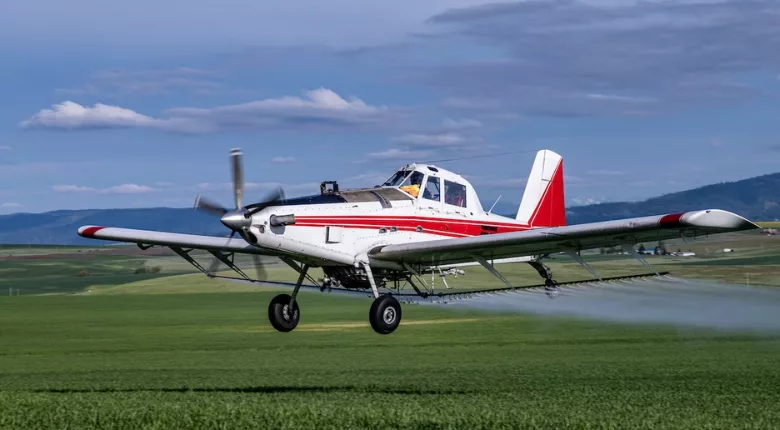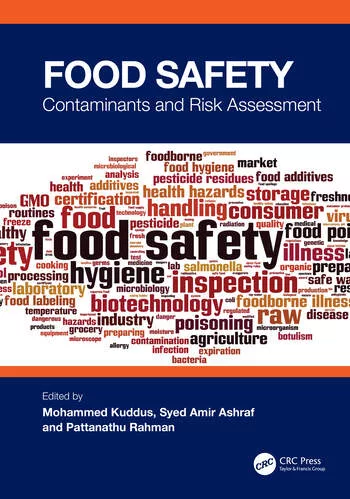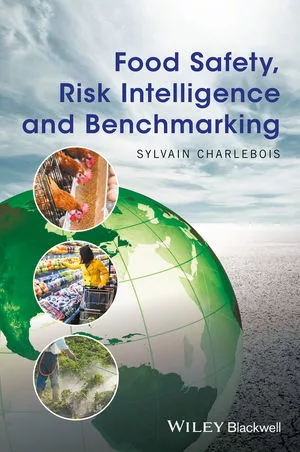Glyphosate Use Must Be Curbed, But Alternatives Might Pose Equal Food Safety Risk

Image credit: Eric Brehm via Unsplash
Although the use of glyphosate on crops poses a food safety risk and its use should be curbed, completely banning the substance too early may lead to farmers using chemical alternatives that are just as harmful to human and environmental health, according to experts from Wageningen University and Research (WUR). The researchers also raise questions with the European Food Safety Authority’s (EFSA’s) recent risk assessment of glyphosate, which found “no critical health concerns” for humans, animals, or the environment.
The warning comes from Violette Geissen, Ph.D., WUR Professor of Soil Physics and Land Management, and Pieter de Wolf, M.Sc., WUR Senior Applied Researcher of Sustainable Agriculture. Dr. Geissen and De Wolf are participating in roundtable dialogues being held by the Dutch Ministry of Agriculture, Nature, and Food Quality (LNV) in response to the European Commission’s proposal to extend the approval for glyphosate for another ten years. EU member states must decide whether they support the proposal in the coming months.
Dr. Geissen and De Wolf will deliver to LNV their opinion that the currently available alternatives to glyphosate may not necessarily be an improvement, from an environmental and agricultural perspective. Although the experts stress the need to curb the use of the herbicide, farmers will likely switch to existing chemical alternatives that are just as harmful as glyphosate, and are also less effective and will therefore be used more intensively. Additionally, many currently available non-chemical options such as ploughing have adverse effects on soil and carry environmental impacts.
Dr. Geissen, who coordinates the transdisciplinary European SPRINT research project studying the dispersion and effects of pesticides, points to studies that indicate glyphosate’s possible effects on human behavior and intestinal microbiome. She states that exposure through the environment matches the exposure resulting from ingestion.
She also expressed doubts about EFSA’s July 2023 risk assessment of the herbicide, which concluded glyphosate did not pose a threat to the health of the environment or humans. Dr. Geissen explained that EFSA failed to include the precautionary principle in its risk assessment. Key exposure routes and risks, such as the environmental dispersion of glyphosate and its most stable degradation product, AMPA, were not considered.
De Wolf believes that the ultimate goal must be an overall reduction in the use of substances, not a total ban on one specific pesticide or herbicide. The agrifood sector should aim to only use chemicals if there is no suitable alternative, opting to take a location or crop-specific approach to pest and weed control, while using substances with the lowest possible negative impact.
However, the required technology for location- and plant-specific interventions are underdeveloped and are not easily accessible to farmers. The WUR researchers call for efforts to develop and implement technology that can identify and treat weeds, and the use of cameras, sensors, and artificial intelligence (AI) by groundskeepers among crops. According to De Wolf, examples of non-chemical methods that merit further examination include mechanical, thermic, electric, and optic solutions.
Looking for quick answers on food safety topics?
Try Ask FSM, our new smart AI search tool.
Ask FSM →









